In the rich tapestry of musical creation, the transformative influence of technology on music production emerges as a vibrant thread, weaving its way through the evolution of soundscapes and sonic exploration. From the humble origins of analog recording to the dynamic frontier of Digital Audio Workstations (DAWs) and virtual instruments, technology has reshaped the landscape of music production in profound ways. This article embarks on a comprehensive journey, delving into the intricate interplay between technology and music creation, tracing its evolution from the digital revolution to the democratization of home studios, collaborative innovation, and the transformative power of digital distribution and streaming. By unraveling the layers of this multifaceted relationship, we uncover the tools and techniques that shape modern music production and the broader cultural, artistic, and economic implications that reverberate throughout the musical landscape.
The Digital Evolution of Music Production
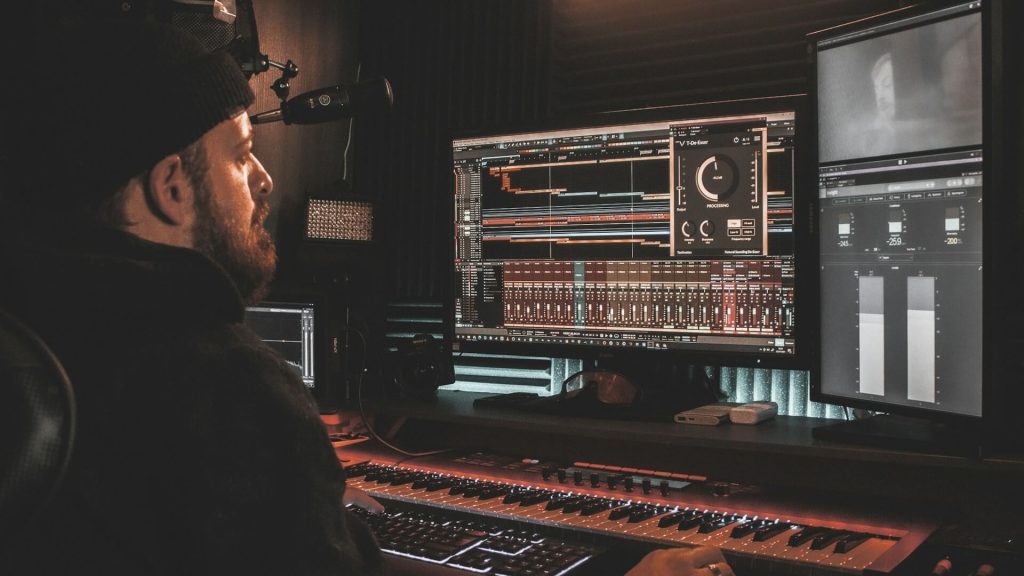
The genesis of the digital revolution in music production lies in the evolution of Digital Audio Workstations (DAWs). These software platforms have metamorphosed from basic recording tools into sophisticated environments that offer unparalleled control and creative possibilities. DAWs like Ableton Live, Pro Tools, and FL Studio serve as the nerve centers where composers and producers sculpt their sonic landscapes. From multitrack recording to virtual instrument integration, these platforms have not only streamlined the recording process but have also democratized music production, empowering artists of all levels to create professional-grade compositions within the digital realm.
Redefining Instruments with Technology
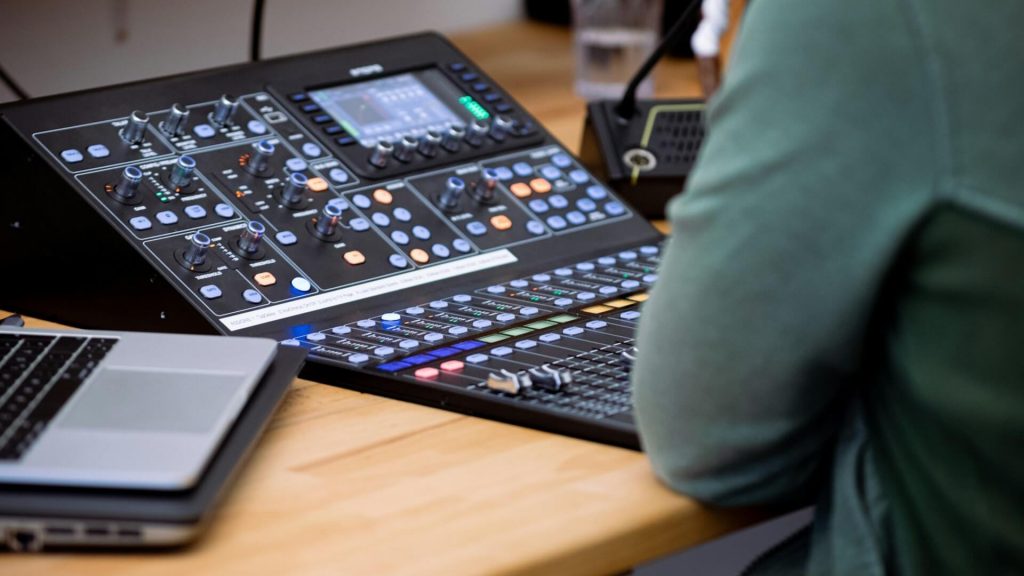
Delving into the realm of virtual instruments and plugins reveals a dynamic intersection of technology and creativity. Virtual instruments, whether emulating traditional analog sounds or introducing entirely novel tones, provide musicians with an expansive palette. The evolution of synthesizers, samplers, and realistic instrument emulations has redefined the sonic possibilities available to artists. The intricate programming and customization options afforded by these virtual tools empower musicians to craft unique sounds, pushing the boundaries of sonic exploration beyond the constraints of physical instruments.
Automation and Editing Mastery
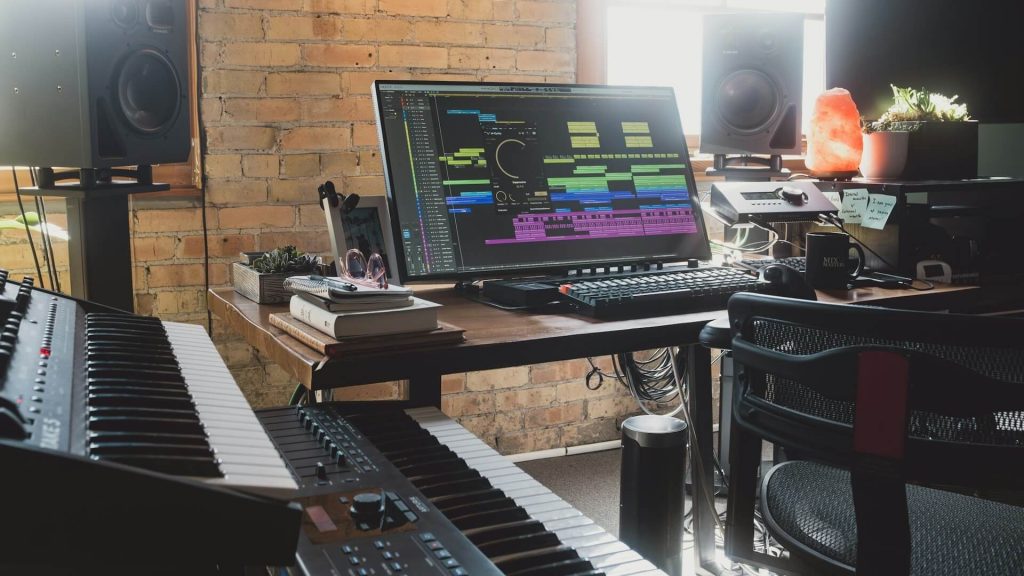
Within the digital domain, precision and control have become paramount. Automation features within DAWs represent a sophisticated toolset, allowing producers to meticulously control and manipulate various parameters over time. From subtle volume fades to intricate modulation, the ability to automate these elements introduces a level of expressiveness and dynamic range that was once challenging to achieve in the analog era. Simultaneously, the meticulous editing capabilities of digital platforms provide artists with surgical precision, enabling them to fine-tune every aspect of a composition, from individual notes to complex arrangements, with unprecedented accuracy.
The Art of Musical Collage Unveiled
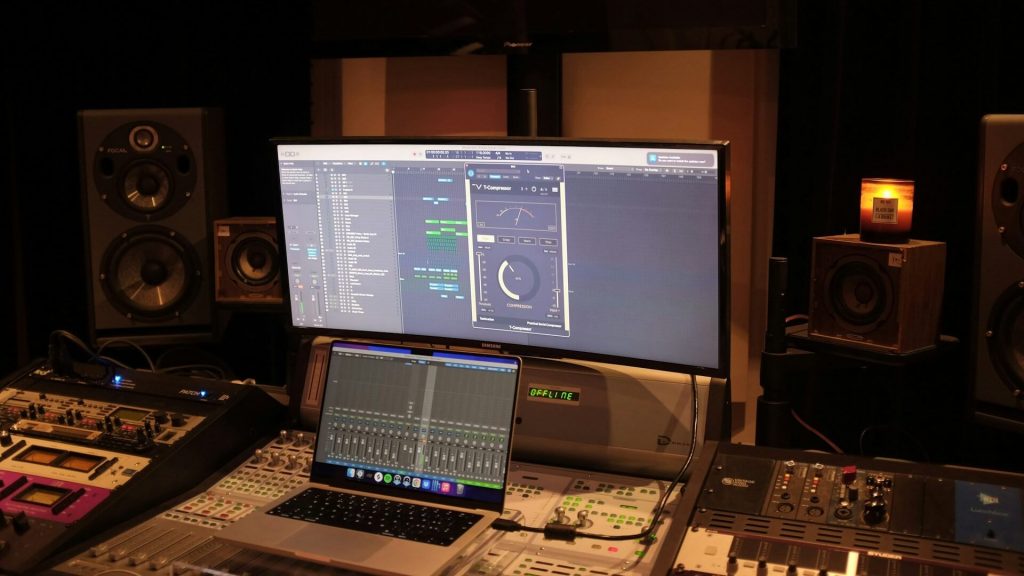
The art of sampling, deeply embedded in genres like hip-hop and electronic music, is a testament to the symbiotic relationship between technology and musical tradition. Sampling involves not just the extraction of snippets from existing recordings but also the artful integration of these elements into new compositions. Beyond its creative aspects, sampling carries historical and cultural significance, providing a medium for artists to pay homage to musical roots while pushing the boundaries of innovation. The intricate process of manipulating and recontextualizing sampled material has given rise to a rich tapestry of sonic experimentation and cultural commentary.
Empowering Independent Voices
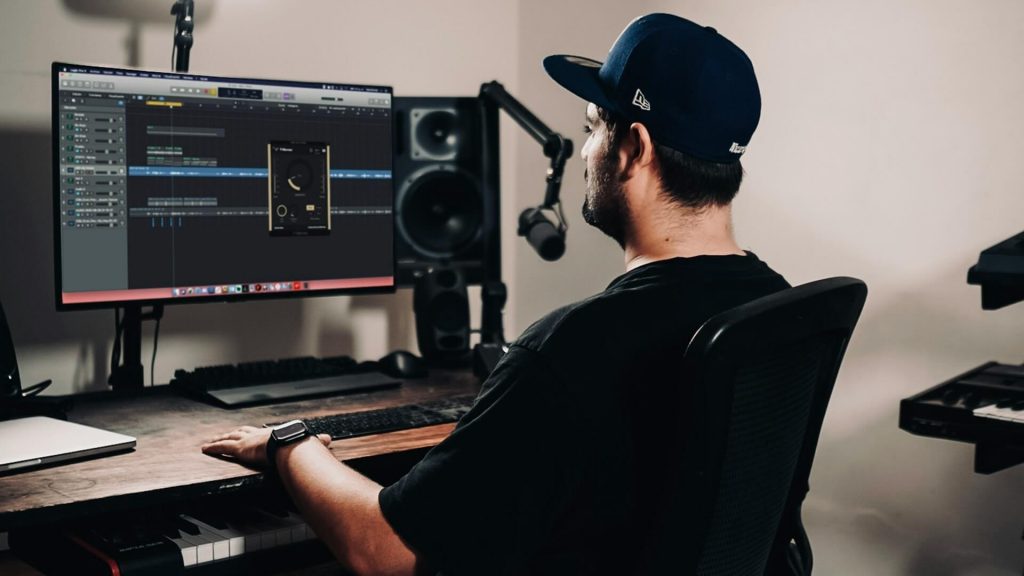
The rise of home studios epitomizes the democratization of music production. Technological advancements, including affordable recording equipment and software, have transformed bedrooms and home offices into creative sanctuaries. The accessibility of high-quality microphones, audio interfaces, and software has liberated artists from the financial constraints of traditional studio time. Home studios have become incubators for independent and DIY musicians, fostering a renaissance of creativity where artists can experiment, iterate, and produce professional-grade music on their own terms.
Collaborative Harmony in the Cloud
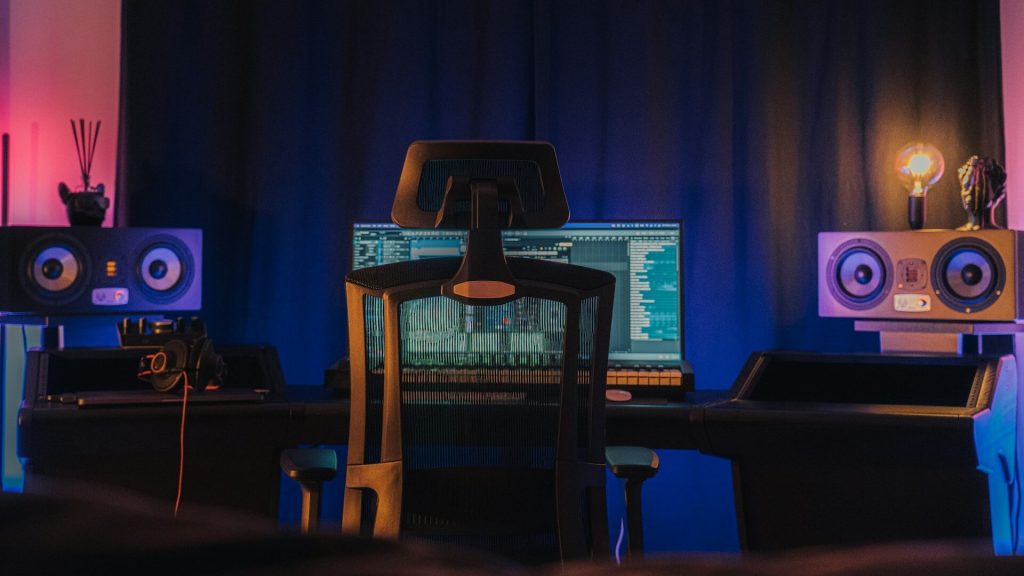
The internet’s vast expanse has ushered in a new era of collaboration, unshackling musicians from geographical constraints. Cloud-based storage and file-sharing services serve as virtual collaboration hubs, enabling artists to contribute to projects in real-time or asynchronously. The collaborative space in the cloud transcends borders, bringing together diverse talents and perspectives to create a global mosaic of music. This digital collaboration has not only expanded creative possibilities but has also connected artists in ways that were previously unimaginable.
Digital Distribution and Streaming Reshaping the Industry
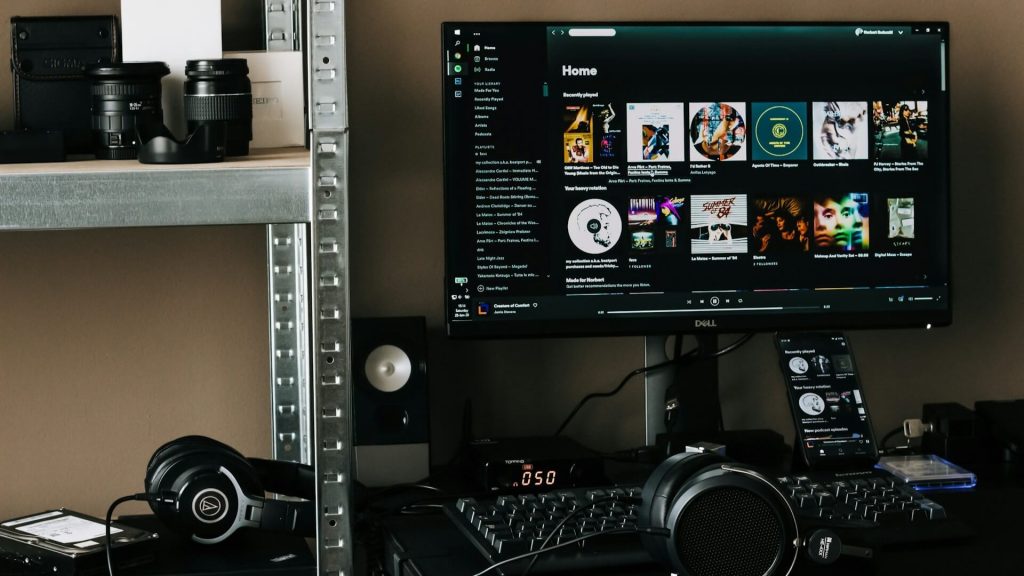
The seismic shift in the music industry’s business landscape is epitomized by digital distribution and streaming platforms. Services like Spotify, Apple Music, and YouTube have disrupted traditional distribution models, providing artists access to a global audience. The implications extend beyond revenue models to redefine how music is discovered, consumed, and shared. Digital distribution has shifted the power dynamic, placing more control in the hands of both creators and consumers and reshaping the industry’s ecosystem.
Integrating Tech on Stage
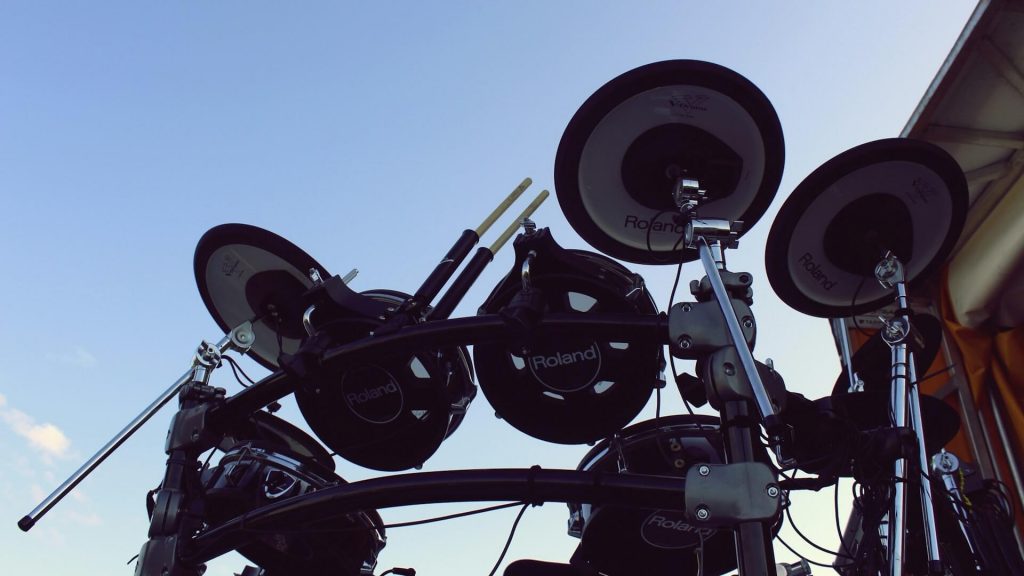
Beyond the confines of the studio, technology has become an integral part of live performances, transforming the concert experience into a multimedia spectacle. Modern live shows are a synthesis of musical virtuosity and technological innovation. Artists seamlessly integrate advanced audio and visual effects into their performances, blurring the lines between studio production and live artistry. Electronic instruments and controllers, such as MIDI controllers and electronic drum pads, have become indispensable tools, allowing performers to manipulate and shape sound in real time, creating a dynamic and immersive experience for the audience.
Conclusion
As we reach the crescendo of our exploration into the impact of technology on music production, it becomes clear that we stand at the threshold of a new era in musical expression. The journey from analog origins to digital frontiers has been marked by innovation, democratization, and boundless creativity. Yet, as technology continues to evolve, the symphony of musical creation will undoubtedly undergo further transformation. The interplay between tradition and innovation will remain at the heart of this journey, guiding artists and creators toward new horizons of sonic exploration. As we look to the future, let us embrace the transformative power of technology as a catalyst for creativity, collaboration, and cultural resonance. In this ever-evolving symphony of sound, the impact of technology on music production will continue to resonate, shaping the melodies of tomorrow and inspiring generations yet to come.
